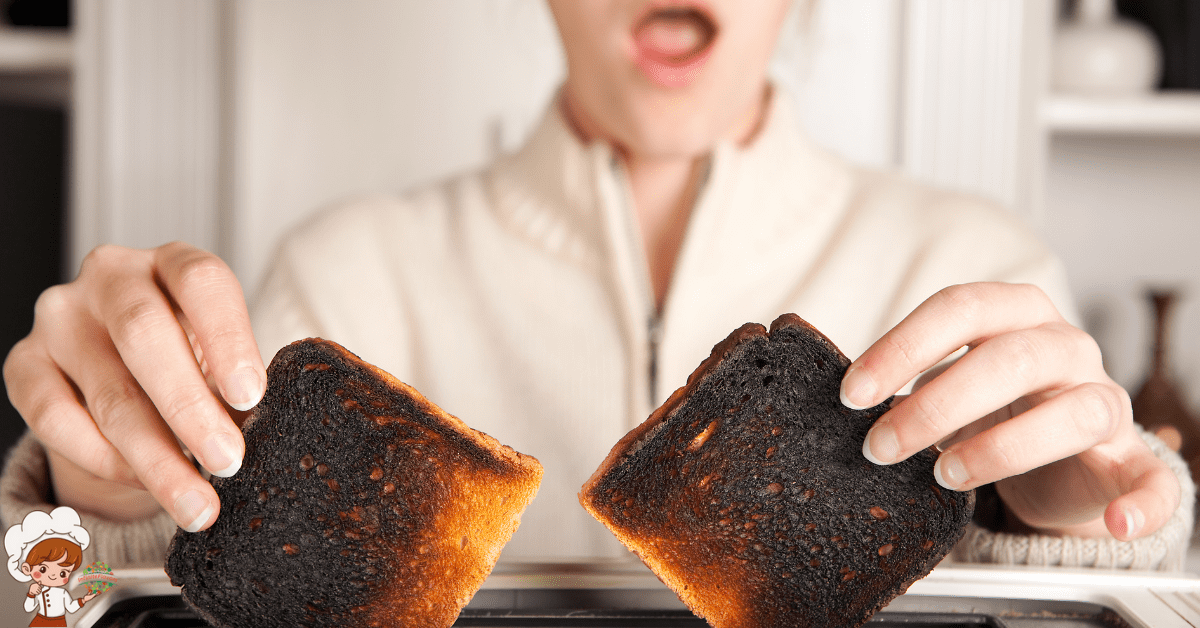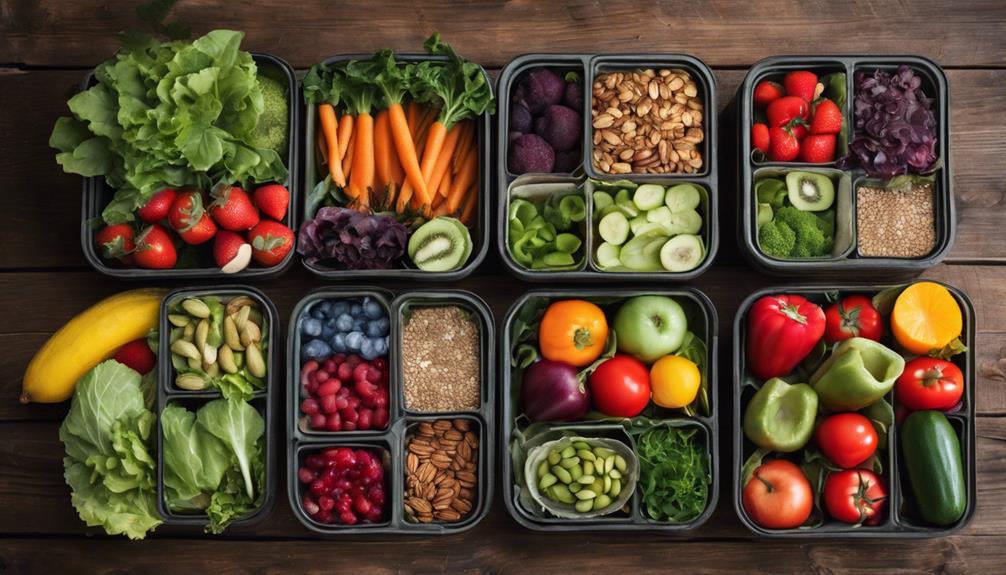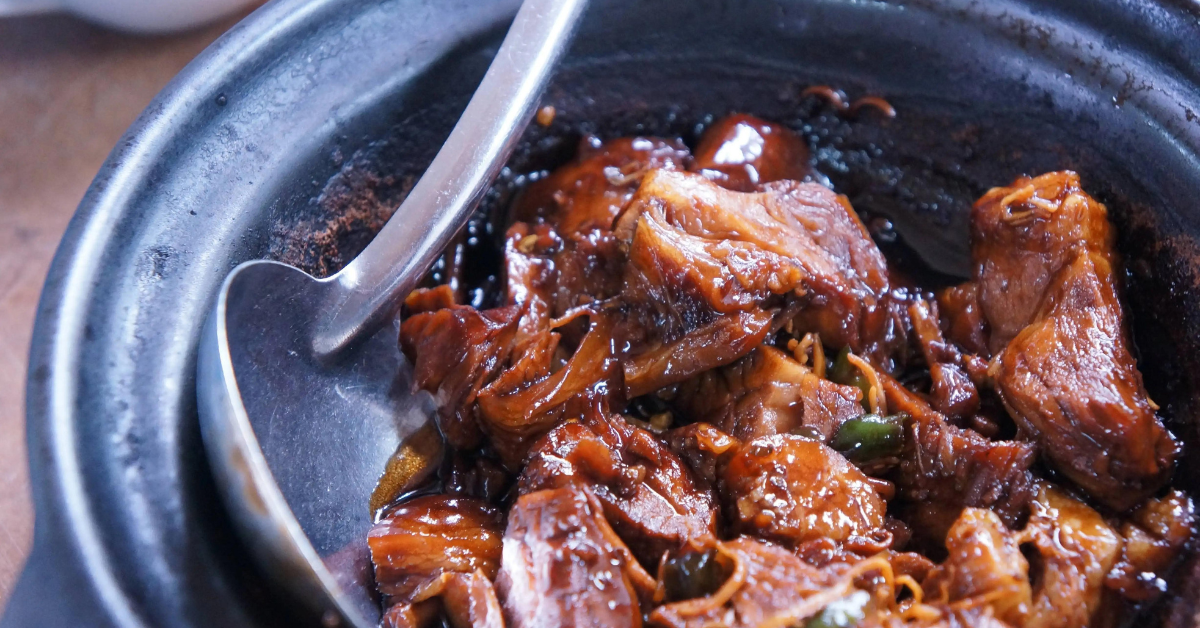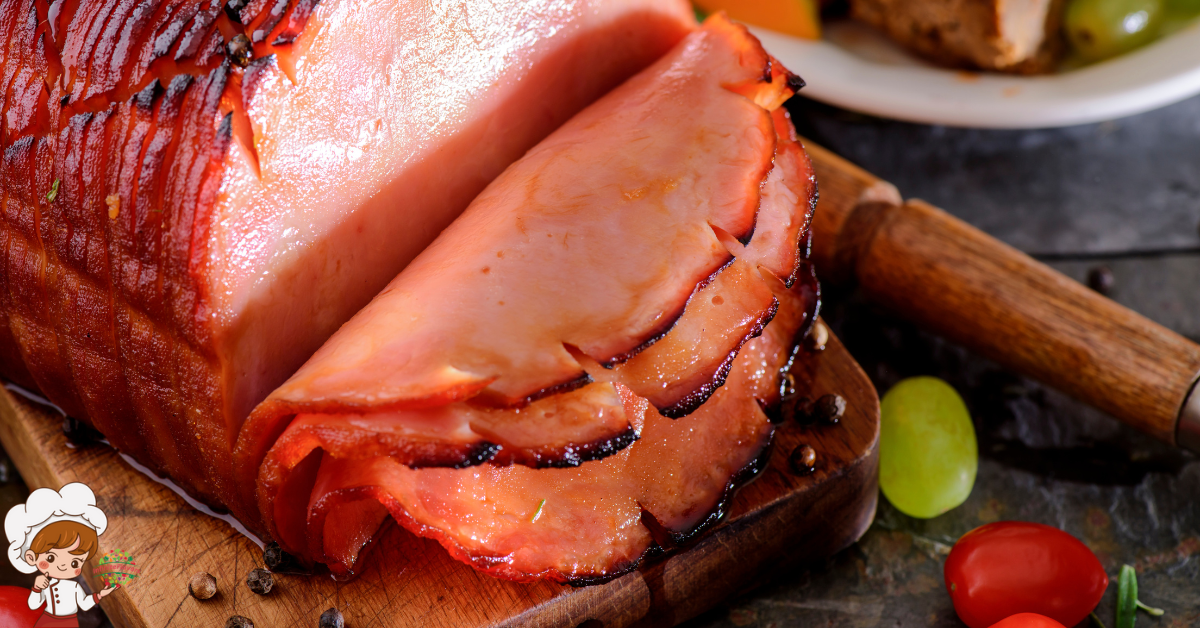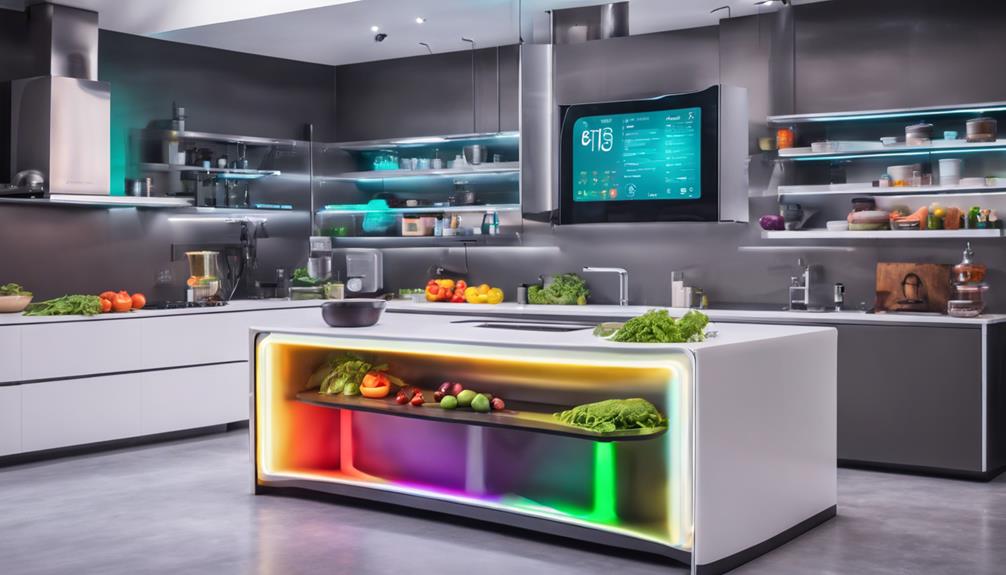Exciting Food Processors For Dough And Pastry
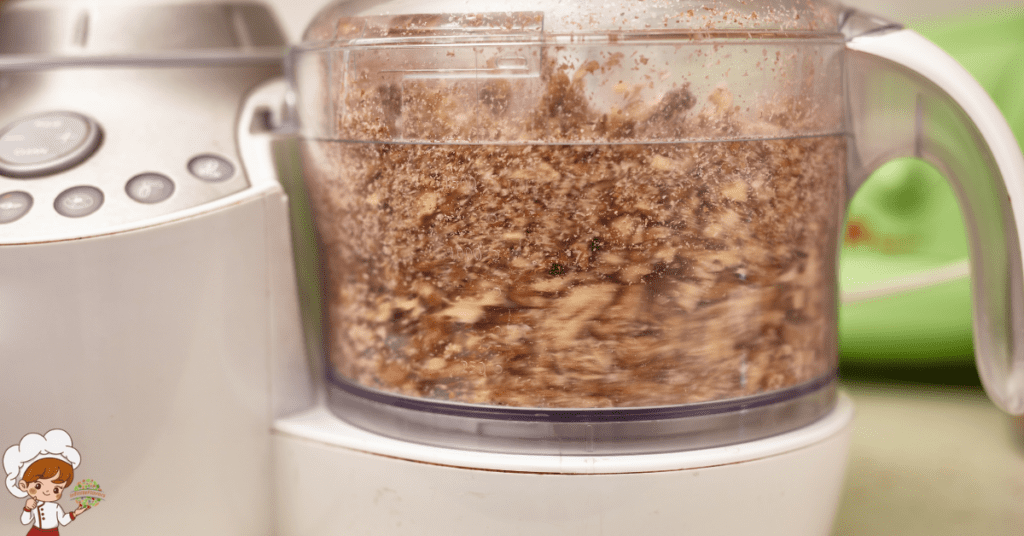
Exciting Food Processors For Dough And Pastry; If you’re looking to make dough and pastry effortlessly, a food processor is your best friend. It streamlines the entire baking process, giving you perfect consistency quickly. You’ll appreciate features like strong motor power and multiple speed settings, which allow precise control over mixing. Top options like the Cuisinart DFP-14BCNY and KitchenAid KFP1466CU/ER not only handle heavy mixtures but also cater to various recipes. Plus, with effective care tips, your processor can last longer. Stick around to discover how to choose the right model and get the most out of your baking adventures!
Benefits of Using Food Processors
Using a food processor streamlines your baking process, making it quicker and easier to achieve the perfect dough or pastry consistency. With just a few pulses, you can combine ingredients evenly, ensuring that your dough isn’t overworked. This is vital for maintaining the right texture, especially when it comes to pastries, which require a delicate balance to achieve that light, flaky finish.
You’ll appreciate how a food processor cuts down on prep time. Instead of manually chopping butter or cutting in flour, you can simply add everything to the bowl and let the machine do the work. This not only saves time but also helps you avoid the warmth from your hands that can affect dough consistency.
Moreover, a food processor allows for precision. You can control the speed and duration of mixing, which helps you reach the desired pastry texture without the guesswork. If you’re making a pie crust, for instance, you’ll want to process the ingredients just enough to create small, pea-sized pieces of butter. This technique leads to a tender crust that bakes up beautifully.
Another benefit is versatility. Beyond just making dough, a food processor can whip up fillings, create crumbs for pie crusts, and even mix batters. With the right attachments, it becomes an essential tool in your baking arsenal, making it easier than ever to create delicious baked goods with the perfect dough and pastry textures you crave.
Key Features to Consider
When choosing a food processor for dough and pastry, you’ll want to focus on motor power and blade versatility. A strong motor guarantees efficient mixing and kneading, while versatile blades can handle various tasks with ease. Let’s explore these key features to help you make the best choice for your baking needs.
Motor Power Importance
Motor power plays an essential role in determining how effectively your food processor can handle dense dough and pastry recipes. When you’re kneading bread or mixing buttery pastry, the motor’s strength matters. A higher wattage often indicates better performance, especially when you’re dealing with thick mixtures that require more torque.
You should pay attention to motor efficiency, as a powerful motor that runs inefficiently can lead to overheating and a shorter lifespan for your appliance. It’s not just about wattage; a well-designed motor can provide consistent results without straining.
When doing a power comparison, look for models that balance wattage with efficiency. A processor with 600 watts may outperform another with 800 watts if it’s designed better. Consider your specific needs: if you bake frequently or tackle heavy doughs, opt for a processor with a robust motor.
Ultimately, investing in a high-quality motor guarantees that your food processor can keep up with your baking ambitions, making it a worthwhile addition to your kitchen arsenal.
Blade Versatility Options
A food processor’s blade versatility can considerably enhance your baking experience, allowing you to tackle a variety of dough and pastry tasks with ease. When choosing a food processor, consider the types of blades and their materials. Stainless steel blades are durable and efficient, perfect for mixing and kneading dough. If you’re working with delicate pastries, look for blades designed specifically for those tasks.
Additionally, pay attention to the dough attachments that come with your food processor. These attachments can considerably simplify the process of making dough, ensuring consistent texture and quality. Some processors offer specialized dough hooks or paddles, which can help you achieve the perfect blend without overworking the ingredients.
Versatile blade options mean you can switch between tasks seamlessly, from chopping nuts for a crust to mixing a rich pastry dough. Make sure you choose a food processor that not only has the right blades but also allows for easy attachment changes. This way, you’ll maximize your efficiency in the kitchen, enabling you to focus more on creating delicious baked goods. With the right blade versatility, you’ll find baking becomes a more enjoyable and rewarding experience.
Top Food Processors for Dough
When choosing a food processor for dough, you’ll want to focus on essential features that make the task easier. We’ll review some of the best models on the market to help you find the right fit. Plus, you’ll get maintenance and care tips to keep your processor in top shape.
Essential Features to Consider
Choosing the right food processor for dough involves considering key features that enhance performance and make your baking experience smoother. First, pay attention to the motor power. A strong motor (at least 600 watts) guarantees your dough texture remains consistent, whether you’re mixing thick bread dough or delicate pastry.
Next, look for a processor with multiple speed settings. This versatility allows you to master various pastry techniques, from gentle mixing to powerful kneading. A pulse function is also vital, giving you control over the consistency of your dough.
Additionally, consider the size of the bowl. A larger capacity is beneficial for batches of dough, while a tighter fit can be useful for small amounts. A wide feed chute saves prep time by allowing you to add ingredients without stopping the machine.
Lastly, don’t overlook the quality of the blades and attachments. Stainless steel blades are durable and effective for achieving the desired dough texture. By focusing on these essential features, you’ll select a food processor that elevates your baking, making your work both enjoyable and efficient.
Best Models Reviewed
With the right features in mind, let’s explore some of the top food processors specifically designed for making dough and pastry, ensuring you find the perfect fit for your baking needs.
First up is the Breville Sous Chef 16 Pro. This powerhouse offers a large capacity and precise slicing options, making it ideal for achieving the perfect dough texture. Its robust motor can handle heavy mixtures, ensuring your pastries rise beautifully.
Next, consider the Cuisinart DFP-14BCNY. This model excels at mixing and kneading, giving you excellent control over your dough. The stainless-steel blade is perfect for various pastry techniques, from pie crusts to flaky pastries.
Another great choice is the KitchenAid KFP1466CU. With its wide feed tube, you can easily incorporate ingredients without excessive prep. Plus, its adjustable slicing disc helps you create uniform textures in your dough.
Lastly, the Hamilton Beach 70730 is a budget-friendly option that doesn’t skimp on performance. It’s perfect for beginners looking to master dough and pastry techniques without breaking the bank.
Choose any of these models, and you’ll be well on your way to creating delicious baked goods!
Maintenance and Care Tips
Proper maintenance guarantees your food processor stays in top shape, allowing you to make perfect dough and pastry every time. Start by practicing effective cleaning techniques. After each use, disassemble the parts and wash them with warm soapy water. For stubborn residue, soak the components for a few minutes before scrubbing. Avoid using abrasive cleaners, as they can scratch the surfaces.
Make certain to also clean the motor base with a damp cloth, but never immerse it in water. Regularly check the blades for dullness; sharp blades guarantee efficient dough mixing.
When it comes to storage solutions, keep your food processor in a cool, dry place. If you’re short on space, consider using a storage bag or container to protect it from dust. Make certain to store the attachments together, so you have everything ready when you need it.
Lastly, refer to the manufacturer’s instructions for any specific maintenance guidelines. By following these tips, you’ll extend the life of your food processor, guaranteeing it’s always ready to whip up delicious dough and pastry whenever you need.
Top Food Processors for Pastry
Finding the right food processor for pastry can elevate your baking game, making the preparation of dough quicker and more efficient. When you’re tackling various pastry techniques, the right processor will help you achieve the perfect dough consistency, whether you’re making flaky pie crusts or tender biscuit dough.
One standout option is the Cuisinart DFP-14BCNY. With its powerful motor and large capacity, it can handle bigger batches of dough effortlessly. Its stainless steel blade provides excellent mixing and cutting, ensuring your ingredients are well incorporated, which is vital for achieving that desired texture in your pastries.
Another great choice is the KitchenAid KFP1466ER. This model features an adjustable slicing disc, allowing you to customize the thickness of your dough or pastry. Plus, its wide feed tube makes it easy to add ingredients while processing, which is necessary for maintaining the right dough consistency without overworking it.
If you’re looking for something compact yet powerful, consider the Breville BFP800XL. Its unique bowl and blade system help you mix and knead dough effectively while ensuring even processing. It also includes a mini bowl for smaller tasks, making it versatile for various pastry techniques.
Ultimately, selecting a food processor that suits your baking style is important. Prioritize features that enhance your ability to work with dough and pastries, and you’ll find that your culinary creations will turn out beautifully every time.
Comparing Popular Brands
When choosing a food processor for dough and pastry, comparing popular brands can help you identify the features that best fit your baking needs. You’ll find that brands like Cuisinart, KitchenAid, and Breville each offer unique benefits. Cuisinart is often praised for its brand reliability and powerful motors, making it a solid choice for heavy doughs. KitchenAid, on the other hand, is known for its versatility and stylish design; it’s perfect for those who value aesthetics in their kitchen appliances. Breville stands out with its innovative features, such as the “Baker’s Blade,” which is specifically designed for dough.
When conducting a price comparison, keep in mind that the most expensive option isn’t always the best fit for you. Assess what features are essential based on your baking habits. For instance, if you’re a weekend baker, a mid-range model might suffice. However, if you frequently work with dough, investing in a higher-end model may be worthwhile.
Consider warranty and customer support as part of your brand reliability assessment. A good warranty can save you money in the long run and provide peace of mind. Don’t forget to read user reviews, as they often highlight real-world performance and reliability. Ultimately, the right choice combines brand reliability, budget, and your specific baking needs, ensuring you get the best food processor for your dough and pastry endeavors.
Tips for Effective Dough Making
Mastering dough making requires attention to detail, so start by measuring your ingredients accurately for consistent results. Use a kitchen scale for precision, especially with flour, as even slight variations can affect dough consistency. When combining ingredients, verify your butter is cold to achieve that flaky texture in pastries.
Next, consider the order of your mixing process. For most doughs, you’ll want to combine dry ingredients first. Then, add liquids gradually while mixing, which helps maintain control over the dough’s texture. This method also allows you to stop mixing once the dough comes together, preventing overworking, which can lead to tough pastries.
If you’re experimenting with pastry techniques, remember that the type of flour you use can make a big difference. All-purpose flour is versatile, but using pastry flour can result in a more tender dough. Additionally, incorporating cold water or ice cubes can help keep the dough from becoming too warm, preserving that desired consistency.
Don’t forget the importance of resting your dough. Allow it to chill in the refrigerator for at least 30 minutes before rolling it out. This step relaxes the gluten, making it easier to handle and improving the final texture.
Maintenance and Care Tips
To guarantee your food processor remains in top shape for making dough and pastry, regular maintenance and care are key. Start by cleaning your processor after each use. Use simple cleaning techniques like rinsing the bowl and blades with warm, soapy water. Avoid immersing the motor base in water; instead, wipe it down with a damp cloth. For stubborn stains or dried-on dough, let the bowl soak for a few minutes before scrubbing gently.
Check your processor’s parts regularly for any wear and tear. Look for cracks in the bowl or dull blades. If you notice any issues, replace the parts promptly to avoid compromising performance. Keep the motor base dry and avoid overloading the processor, as this can lead to overheating.
If you encounter any problems, troubleshooting issues quickly can save you time and hassle. If the processor doesn’t turn on, confirm it’s properly plugged in and the lid is securely locked. If it’s making unusual noises, stop using it immediately and inspect for any blockages or misalignments.
Recipes to Try With Food Processors
Explore a variety of delicious recipes you can whip up effortlessly with your food processor, from flaky pastry crusts to vibrant pesto. First up, let’s make an easy dough for a classic pie crust. Simply blend together 2 ½ cups of all-purpose flour, 1 teaspoon of salt, and 1 cup of cold butter cut into cubes. Pulse until the mixture resembles coarse crumbs. Gradually add ice water, pulsing until the dough just comes together. This simple process guarantees your crust will be tender and flaky—one of those essential pastry tips you won’t want to miss!
Next, try your hand at homemade pesto. Just combine 2 cups of fresh basil leaves, ½ cup of grated Parmesan cheese, 1/3 cup of pine nuts, 2 garlic cloves, and ½ cup of olive oil in your food processor. Blend until smooth, and you’ll have a vibrant, flavorful sauce perfect for pasta or as a spread.
Don’t overlook the convenience of making pizza dough. Mix 4 cups of flour, 1 packet of yeast, and a teaspoon of sugar in the processor. Gradually add warm water and a tablespoon of olive oil, blending until a smooth ball forms. Let it rise, and you’re set for a homemade pizza night!
With these recipes, you’ll find that using a food processor not only saves time but also elevates your baking game. Plunge into these easy doughs and delicious dishes, and enjoy the process!
Frequently Asked Questions
Can Food Processors Replace Stand Mixers for Dough?
You might wonder if food processors can replace stand mixers for dough. While they improve mixing efficiency, achieving the perfect dough consistency often requires careful attention. You’ll need to experiment to find what works best.
Are Food Processors Safe for Children to Use?
When considering child safety, food processors can be risky for kids to use alone. Always guarantee kitchen supervision, explaining proper operation and potential hazards. With guidance, they can safely assist in preparing meals.
How Noisy Are Food Processors During Operation?
Food processors can vary in sound levels during operation, often producing noticeable noise. However, many models now feature noise reduction technology, so you can enjoy a quieter experience while preparing your favorite recipes.
Can I Make Gluten-Free Dough in a Food Processor?
Yes, you can make gluten-free dough in a food processor. Just combine your chosen gluten-free flours and adjust the liquid to achieve the desired dough consistency. It’ll save you time and effort in the kitchen!
What Size Food Processor Is Best for Small Kitchens?
When choosing a food processor for a small kitchen, opt for compact models. They’re easier to store and often come with versatility features, allowing you to tackle various tasks without taking up too much counter space.
Conclusion: Exciting Food Processors For Dough And Pastry
To sum up, investing in a quality food processor can revolutionize your dough and pastry-making experience. With the right features and brands, you’ll find it easier than ever to create delicious baked goods. Remember to follow our tips for effective dough making and keep your processor well-maintained for peak performance. So, roll up your sleeves, try out the recipes, and enjoy the satisfaction of homemade treats with your trusty food processor by your side!



